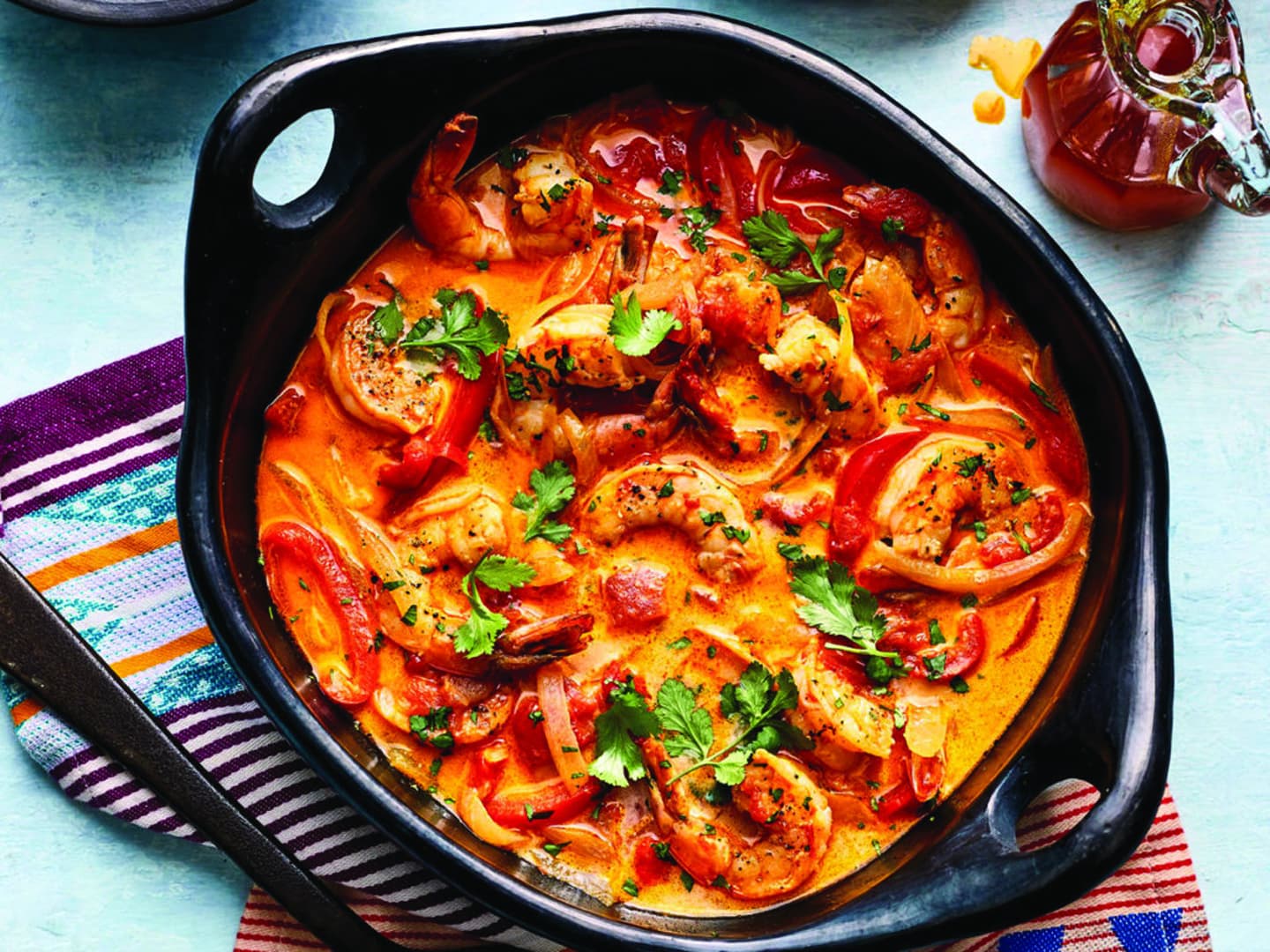Considered one of the richest and most diverse regions of the country due to its variety of festivities, dances, religious manifestations, customs, superstitions and many other forms of artistic and cultural manifestations, the Brazilian northeast holds a treasure trove of delicious typical food. The cuisine of the region is chock full of spices and flavours that perfectly match the local combo of sun and beaches.
Marked by its unique mix of ethnicities, including indigenous, black, white, immigrant and those of Brazilians from other parts of the country, the people of the northeast are certainly unique. The diversity of climates (tropical on the coast and semi-arid in the interior) also has direct impacts in the northeastern cuisine. In the region, it is difficult to pinpoint where each food comes from, since the cultures have been so strongly intertwined at several moments.
From the coast of Pernambuco to Bahia, African dishes are a hit. In Alagoas, seafood is more recurrent. In Maranhão, Portuguese influence is even stronger than in other states in the region (with a corresponding lower frequency of spicy seasonings). And the variety continues for the rest of the region, which also includes the states of Piauí, Ceará, Rio Grande do Norte, Paraíba and Sergipe.
In the northeastern sertão, as the backlands of the semi-arid are called, the climate itself favours higher consumption of meat, especially carne-de-sol (suncured meat) and dishes made with roots. The cuisine of the June Festivals is also quite typical of the northeast. For those visiting Paraíba, the rubacão is perhaps the most typical dish of the state, made with beans, rice, curd cheese and beef charque. A mandatory dessert in Pernambuco is the bolo de rolo, a delicious thin crust cake topped with guava jam, rolled over itself and covered with sugar.
Typical dishes

Due to the region’s characteristic diversity, the menu is very varied. Options range from acarajé to vatapá, including caranguejada, buchada, meat paçoca, tapioca, sarapatel, local couscous and cocada, all staples of the northeast. Shellfish are also a big hit, with bobó de camarão (shrimp dumplings), fish moquecas and mollusc and crustaceans all featuring in great local dishes.
Some of the main ingredients consumed in the region include palm oil, cassava, coconut milk, ginger, corn, graviola, shrimp, lobster, fish and crabs.
The acarajé, considered a typical food of Bahia, is an artisanally-prepared fradinho bean cake fried in boiling palm oil. The delicacy is then stuffed with vatapá (see below), caruru (okra stew), braised shrimp, pepper and tomato salad with coriander. The origin of the acarajé dates back to the arrival of African slaves. In 2012, Bahia’s acarajé was listed as an Intangible Heritage of the state.
Vatapá, in turn, is a creamy dish whose recipe varies widely depending on the cook. One of the most common versions, typical of Bahia, is made with dry shrimp, bread, coconut milk, peanuts and cashew nuts, but preparations vary from state to state.
Known for its eccentricity, the goat buchada is a typically northeastern dish made with giblets like goat kidneys, liver, white viscera and gut, all seasoned and served stuffed inside the animal’s own stomach.
Source: Brazil Agency



